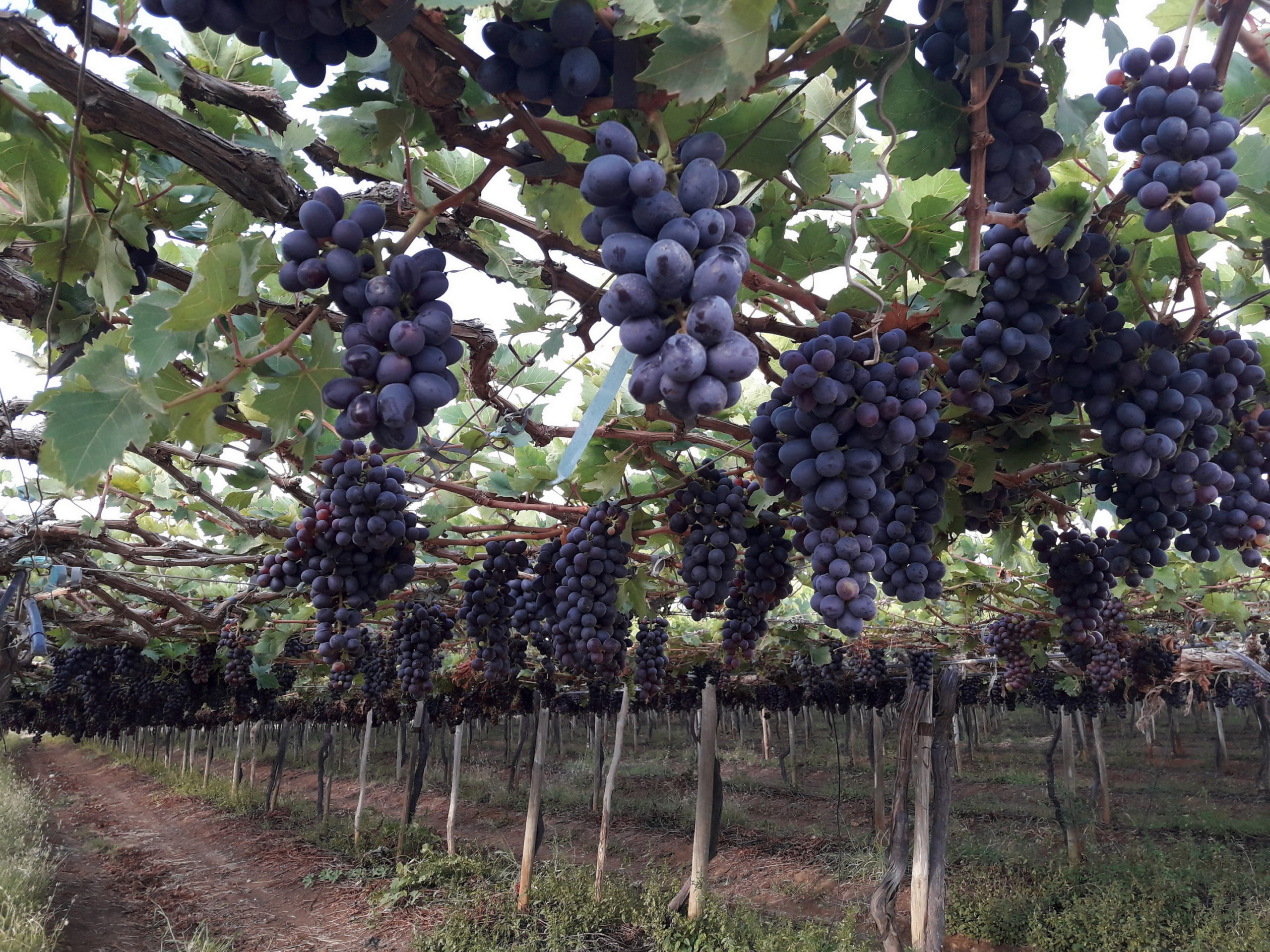RIO DE JANEIRO, BRAZIL – The time when only Rio Grande do Sul state produced wines is gone. First, the neighboring Santa Catarina state began to make whites and reds, taking advantage of the cold climate of its mountainous areas inland.
But what we saw, especially in the last decade, was the emergence of wineries in different areas of Brazil, especially in the states of São Paulo (especially in the high-altitude region of Serra da Mantiqueira), Minas Gerais, Goiás, and the border between Bahia and Pernambuco.

The technique called inverted or double pruning, in which the vine is, shall we say, “tricked”, is the main reason for this expansion. With pruning and irrigation control, the plant can produce fruit in the winter, when it does not rain in the Southeast and most central regions of Brazil: no longer only in the rainy summer.
The explanation: at harvest time, the rain makes the grapes more diluted, which results in wines with less complexity, besides bringing fungi and diseases to the vine. There is also the desired thermal amplitude in winter, that greater difference in temperature between day and night, which makes the grapes ripen slower, concentrating their nutrients.
Double pruning is still a recent technique developed by Epamig, the Agricultural Research Company owned by the state of Minas Gerais. For now, the red syrah grape is the variety that best adapts to this type cultivation, and predominates in most of these wines. But there are good examples with the whites chardonnay and sauvignon blanc, and there are tests with several varieties.
Along with the reverse pruning, there is also the fact that these regions are younger and without the vices that tradition brings. One example is that their farmers are less reluctant to prune the clusters, which is one way to obtain more complex wines. In general, these are companies led by professionals with no history in the wine world and interested in following the most modern techniques in the vineyard and winery.
In the Northeast, the elaboration technique is different. With irrigation, the vines can produce up to 2.5 harvests per year, and not only one, as traditionally happens. Moreover, the plants do not hibernate, since there is no winter. This region is home to higher production wines, generally simpler – there are some exceptions – and suitable for everyday life.
This does not mean that all Brazilian wines are good, just as not all French or Italian wines stand out. But it shows an increase in the quality of many labels and indicates that the south is no longer the only terroir for domestic wines. There is a new viticultural map in gestation in Brazil.

